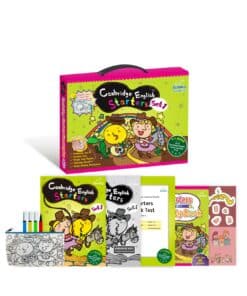Approach 1: Personal connection
A personal connection makes students feel as if they matter. Building relationships on a human level is the first and most powerful move teachers can do as educators, and it is fairly simple to do. You can simply ask students to say “Hello”, or share a funny story with the whole class.
The first message you need to send to them is that you’d truly like to get to know them, to establish a rapport and mutual respect.
Approach 2: Learn about students
Using what you know about students will spark engagement.
Approach 3: Student partnerships
Can advance participation and lead to a greater interaction in the classroom.
Approach 4: Letting students lead
Minimizing the power differences between you and students is a good idea, while checking in and letting the students lead.
Approach 5: Using language frames as models for conversation:
Providing sentence frames models the kinds of conversations students should be having, allowing them to engage in conversations more smoothly. Students can focus on what they want to express rather than how to express it.
Approach 6: Demonstration
Demonstrating how to complete task steps or converse a dialogue through different means of setting examples can lead to a better outcome.
Approach 7: Create back-and-forth dialogue
To get students to respond to discussion promptly the teacher should ask the class a question and when students comment, the teacher should reply with a clarifying question to create a back-and-forth dialogue and also ask students to respond to at least one of their classmates’ question to broaden the discussion.
Speaking games
1. Desert island activity:
Give each student a piece of paper and tell them to draw an item—any item. Collect the drawings and pass them out again; no student should receive their own drawing.
Next, tell the students that they’ve been stranded on a desert island, and only half of the class can survive and continue to inhabit the island. The only thing each student will have on the island is the item depicted in the drawing given to them, and their goal is to convince the class that they should survive based on that item.
2. Storytelling activity:
Bring four students to the front of the classroom.Three of them should sit in a row, one student should stand behind them and act as a controller. Give the controller a stack of cards with nouns written on them.
The controller will hand a noun to one of the three students, who will start to tell a story. The student continues telling the story until the controller decides to hand another noun to another student, who will then take over the story.
3. True/false storytelling:
Give each student a piece of paper with either “true” or “false” written on it. Each student should tell the rest of the class a story that is true or false, depending on which word they received, and the class must guess whether it’s true.To add to the activity, you can allow the other students to question the student telling the story.
4. Moving station
Divide the classroom into different stations, each group/station is given a question or a picture which they are supposed to answer or comment on. After doing so, students rotate around the room to different stations to answer prompts—and view and add to each groups’ responses.






